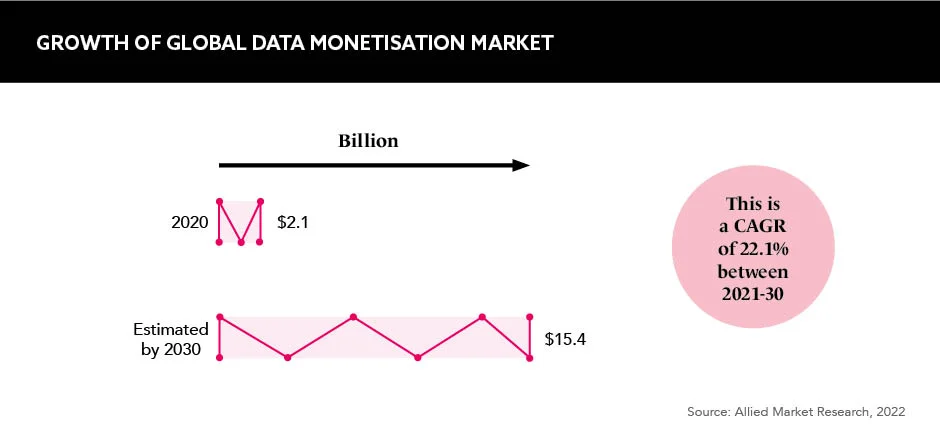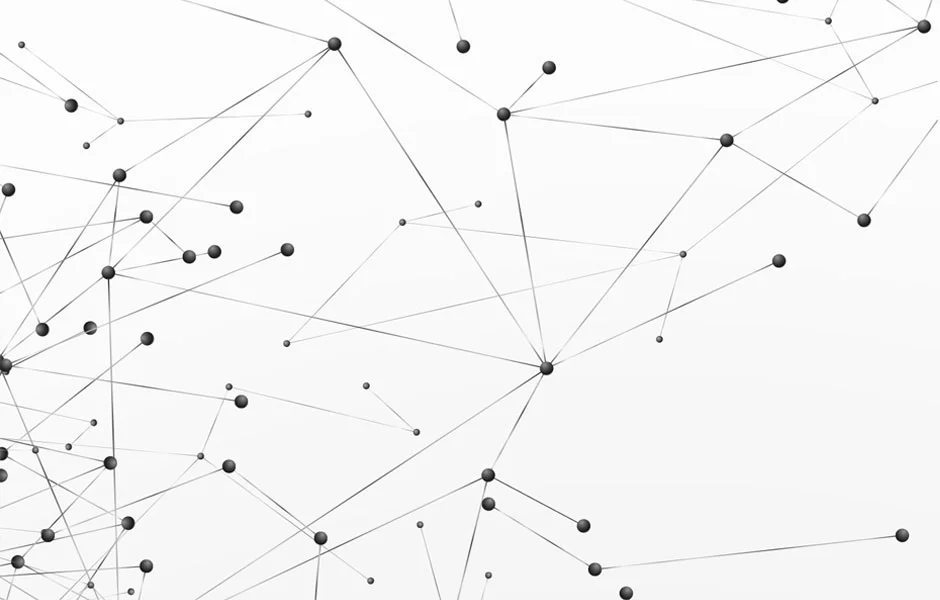Due to its secure and authenticating nature, blockchain can allow patients ownership of their data, as well as better protecting their personal information. How is this technology set to change the data landscape for pharma?
Words by Cheyenne Eugene
You only have to take a short trip on the London Underground to be met with a myriad of posters encouraging people to own their health data. One technology making this a reality is blockchain. It offers bountiful possibilities, allowing patients to carry the ‘master key’ that unlocks their health data, decide who has a copy of this key and choosing when to revoke it. If blockchain is utilised to give patients power over their data and who can access it, what will this mean for the pharmaceutical industry and its stakeholders?
Outdated storage
Currently, healthcare and pharma organisations store patient data in multiple ways, be that via onsite storage or electronic medical record (EMR) systems. According to Vincent Steine, Independent Pharma Broker and self-confessed blockchain enthusiast: “The attempt of creating universal electronic records has failed.” Its potential has been stifled by “poor user experience and badly designed user interfaces”, as well as “failing program compatibility”, he says. “Patient data is scattered between different clinics, companies and HCPs, and stored in EMR systems that are not compatible with each other.”
Additionally, current storage systems still present data security issues. “Privacy concerns are a major barrier for patients and individuals being willing to share their private information,” says Alice Caboni, Multichannel Hub Manager, Digital, Data and IT, Novo Nordisk. “Once your data is shared with an organisation… you often have limited visibility as to where the data is being used or whether it has been leaked or compromised.”
As online storage systems evolve, as do the methods of hackers. Currently, a major topic across the life science industry is data preservation. Caboni raises the issue of how the industry can ensure data is not manipulated by attackers. Data manipulation attacks are not the same as data theft. Instead, hackers make subtle, stealthy tweaks to data for some type of gain. If done successfully and publicised, this could culminate in reputational and financial harm for a company, and even physical harm for a patient. This can be just as crippling for organisations and patients as data theft, and Caboni highlights this as “a rising trend in cyberattacks”.
Blockchain to the rescue?
Blockchain is a shared and immutable ledger. Every node – a computer that runs blockchain software – will have a copy of the latest history of the transactions, meaning that each one can see exactly which transaction occurred at what time. Third parties are removed in a blockchain ecosystem, meaning there is no central server storing data, but, instead, a collection of decentralised databases.
How does patient data ownership fit into this? If a blockchain network is used in this context, a patient will be the owner of the private master key, which gives them access to, and ownership of, their data. The private key will generate a public key that can be shared. It is extremely difficult to trace a private key back from the public one, as a one-way cryptographic function is applied.
When a patient uploads their personal data onto a blockchain system, “the document will be split into multiple data shards, that are then encrypted, distributed and stored across geographically dispersed nodes”, Caboni explains. Only the patient can reconstruct the original document as they hold the master key, thus granting them control over their information and the ability to manage access to it. Caboni describes this as “a tamper-proof, immutable, verifiable and traceable solution in one technology”.

Benefits and hesitations
Pharma-specific advantages of blockchain adoption are ample. For example, companies could easily request data about patients in a certain age range, a specific country or with particular lifestyle attributes. Blockchain ensures data integrity and authenticity so “this actually saves pharma a lot of money and resources since the information they are buying is immutable”, highlights Steine. The exchange of personal data using blockchain technology leads to transparency and accountability, empowers patients, and cultivates a more patient-centric way of working, which can ultimately improve public trust in the pharma industry.
It is acutely necessary to understand how to make data collection and storage safe to encourage more patients to share personal records and bolster the preservation of data. “Data is the new oil of this era,” says Caboni. “Through machine learning algorithms, for example, it is much easier to recognise patterns, and therefore accelerate breakthrough discoveries that improve lives.”
This said, the foggy legal framework and lack of clear guidance around data ownership and processing poses a challenge. “The pharmaceutical industry has historically been very regulated, so companies are hesitant to dive into an uncertain territory especially under the GDPR,” says Caboni. And Steine agrees. “Blockchain’s immutability is at odds with the EU’s stringent privacy and security laws, which grant individuals the right to have their personal data rectified or erased,” he explains. “If we are unable to erase or change data stored on the blockchain, any errors or inaccuracies in a person’s health information cannot be corrected, potentially compromising the medical research and patient care that actually rely on that data.” While blockchain’s absolute nature is largely a help, it can also be considered a potential hindrance, and must therefore be utilised with considerable caution.
Taking the leap
Blockchain represents a paradigm shift in data storage, security and ownership. Its ability to restore patient empowerment should not be overlooked by the industry, but instead harnessed as an opportunity to extend pharma’s patient-centric approach and advance its scientific discovery. Just like the adverts for ‘owning your data’ plastering the tunnels of London’s Tube networks, blockchain is currently an underground operation, but as its benefits and applications grow, it will only move further into the light. It is not something that pharma can bypass for much longer.
Blockchain basics recap
A blockchain database stores sets of information in interconnected groups known as blocks, which have certain storage capacities. When filled, these blocks are closed and linked to the previously filled block using a hash function – a complex form of cryptography. It is this hash function that ensures the immutability of the blockchain. Once added, data cannot be deleted or changed. Rather than sensitive information being held in one location that can be corrupted or hacked, the data is decentralised and stored in a chain that is essentially impenetrable.






